Lianyungang Old Street (连云港老街), also known as “Lianyun Old Street” or “Lianyun Ancient Town,” is one of the four historical streets in Lianyungang City that embody the city’s development and changes over time. Since the establishment of Lianyungang in 1933 and through various historical periods, including the governance of the Republic of China, the occupation by Japanese forces during the War of Resistance, and the liberation in 1948, Lianyungang Old Street has retained distinctive imprints from each era.
Lianyungang Old Street showcases traditional Chinese features with its stone houses, stone walls, stone streets, and stone paths, preserving the cultural essence of the ancient town. The traditional layout of streets and alleys, along with the courtyard house structures, remain almost unchanged. The distinct appearance of the traditional neighborhoods forms a unique blend of commercial buildings from the Republic of China era, complemented by a mix of Chinese and Western architectural styles. Lianyungang Old Street not only reflects the cultural characteristics of Chinese architecture but also presents a rich and vibrant array of architectural artistry, making it a charming representation of the city’s historical and cultural heritage.
Table of Contents
- Location and Transportation
- Highlights of Lianyungang Old Street
- Vlog about Lianyungang Old Street
- Attractions near Lianyungang Old Street
Basic Information
| Estimated Length of Tour | 2 – 3 hours |
| Ticket Price | Free |
| Opening Hours | 24 hours a day throughout the year |
| Telephone Number | 0086-0518-82375002 |
Location and Transportation
Lianyungang Old Street is situated at the northeastern corner of Lianyungang City, Jiangsu Province, China. Positioned at this location, the old street offers a picturesque view overlooking the Bohai Sea and the Lianyungang Port.
To get there, tourists can take bus 31, 33, 62, 205, B3, or B13 and get off at Lianyun Ancient Town Stop (连云古镇站).
Highlights of Lianyungang Old Street
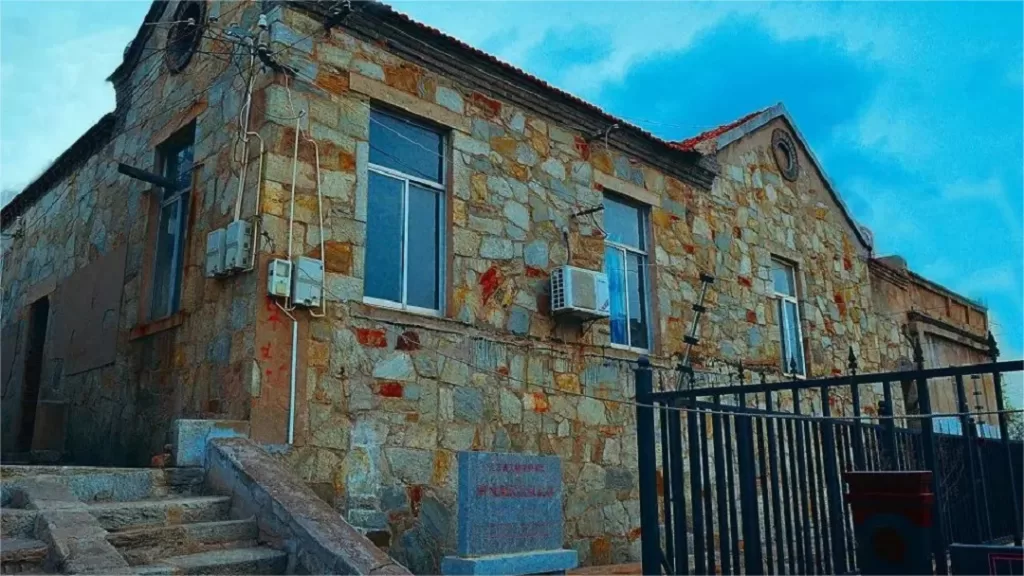
Lianyun Railway Station (Clock Tower)
The Lianyun Railway Station, also known as the Clock Tower, stands as an iconic symbol on Haibin Avenue. Originally constructed in 1933, it served as the East Station of Lianyungang. This Western-style, four-story building, with a height of 17 meters, features a prominent 10-story clock tower on its eastern side. The clock tower, which once housed a large clock on its sixth floor, has been a landmark in Lianyungang, representing an early architectural endeavor in the city. While the station ceased passenger services in 2009, the Clock Tower remains a historic structure contributing to the city’s cultural landscape.
Longhai Railway Lianyungang Historical Museum
The museum comprises indoor and outdoor exhibition areas. The indoor sections span three floors, showcasing historical materials through a vast collection of precious old photographs and artifacts. It narrates the history of the Longhai Railway, from the late Qing Dynasty and the Republic of China to its arduous construction and extension until its full completion after the founding of the People’s Republic of China. The third floor serves as a knowledge and experiential zone, providing insights into the birth and development of trains. The outdoor exhibition area, located in the museum’s eastern part, presents three physical train heads representing different eras of steam, internal combustion, and electrification.
Lianyungang Port Historical Museum
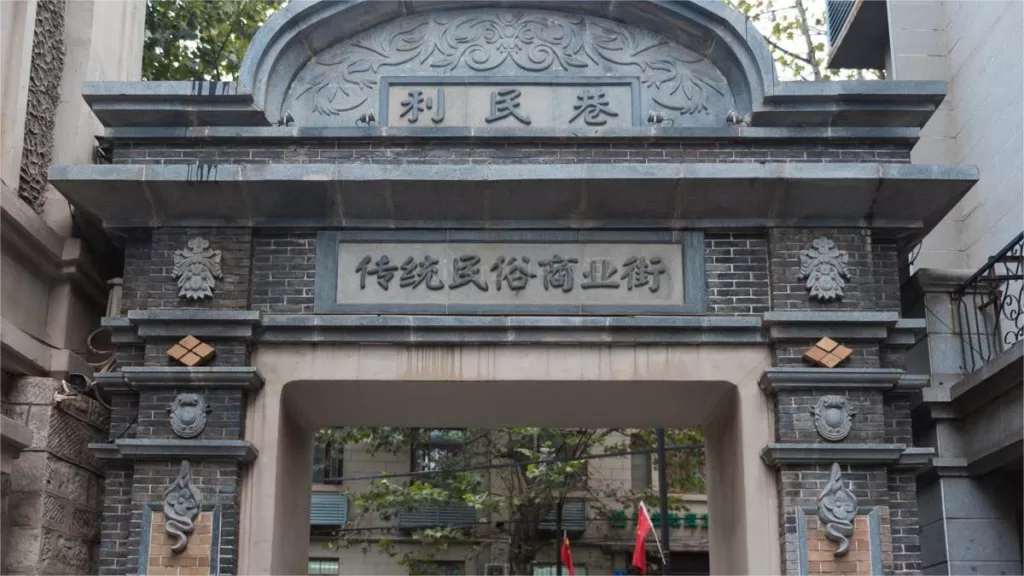
The museum, spanning four exhibition zones across the first, second, and third floors, traces the historical development of world ports, Chinese ports, and specifically, the Lianyungang port. Divided into sections such as the Origin of the Port (Qin and Han – 1905), Early Construction of the Port (1905–1948), Port Connecting the World (1933–2013), and Crossing into the Future, it provides a comprehensive account of the port’s history. In addition to the four main exhibition zones, the museum also features complementary facilities, including a visitor merchandise service center, a cultural and creative display area, and relevant office spaces.
Folk Craft Museum
Housed in the former National Farmers’ Bank of Lianyun City, built in 1931, the Folk Craft Museum retains the appearance of the Republic of China era. Exhibits include face sculptures, root carvings, gourd pyrography, paper-cutting, traditional fabric decorations, Luo Dian paintings, Chinese accordion-style paintings, and a collection of jade items from the Jialian period. Designated as the fourth batch of municipal-level cultural relics protection units in 2010, the Folk Craft Museum was later recognized as an intangible cultural heritage inheritance base in Lianyungang in 2015.
Guochengli Architectural Complex
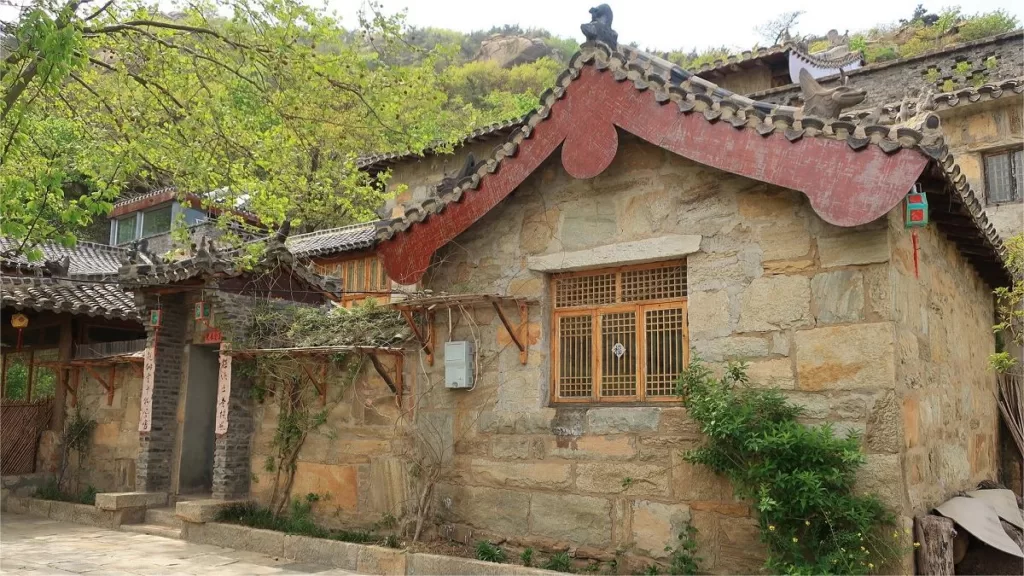
Guochengli, located in the Guochengli Lane of the Shengli community, is an independent small city with a layout reminiscent of the Qiao Family Courtyard. Constructed by the Dutch during the establishment of the port, the architectural style combines intricate design and exquisite craftsmanship. Comprising four identical quadrangle courtyards, the complex witnessed historical changes and served different occupants, including Dutch, Japanese, and Nationalist forces.
Shanghai Grand Travel Hotel (Former Third Guesthouse)
Originally constructed in 1933 by a Shanghai resident named Ma, the Shanghai Grand Travel Hotel, formerly known as the Third Guesthouse, is a blend of Chinese and Western architectural styles. Featuring a central ridge roof and red-tiled roofing, the building includes a corridor and traditional Chinese “Fu Lu Shou” (Good Fortune, Prosperity, Longevity) symbols on the front gate (destroyed during the Cultural Revolution). Notably, the building served as the residence of the Lianyungang Municipal Government in 1934. Chen Yi, a military commander, established the East China Youth School here in early 1949.
Army Command Headquarters
Constructed in the 1930s and 1940s, the Nationalist Army Command Headquarters in Lianyungang features a stone and wood structure. The two-story main building, with a width of five bays, showcases typical architectural styles of the 1930s and 1940s in the Lianyungang region. Facing south with a view of the sea on the north side, the building includes a one-story porch with a roof, adding to its overall charm.

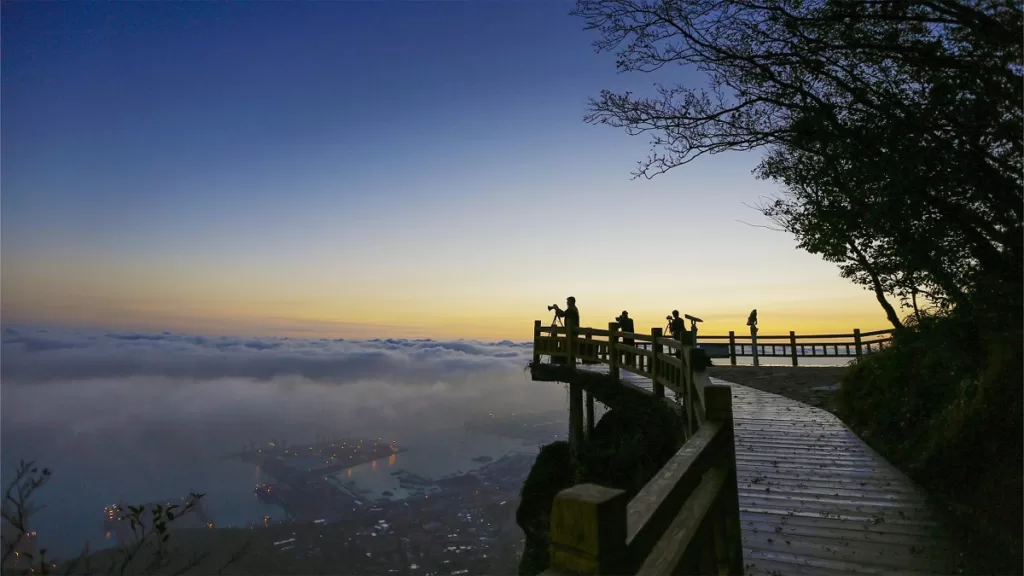
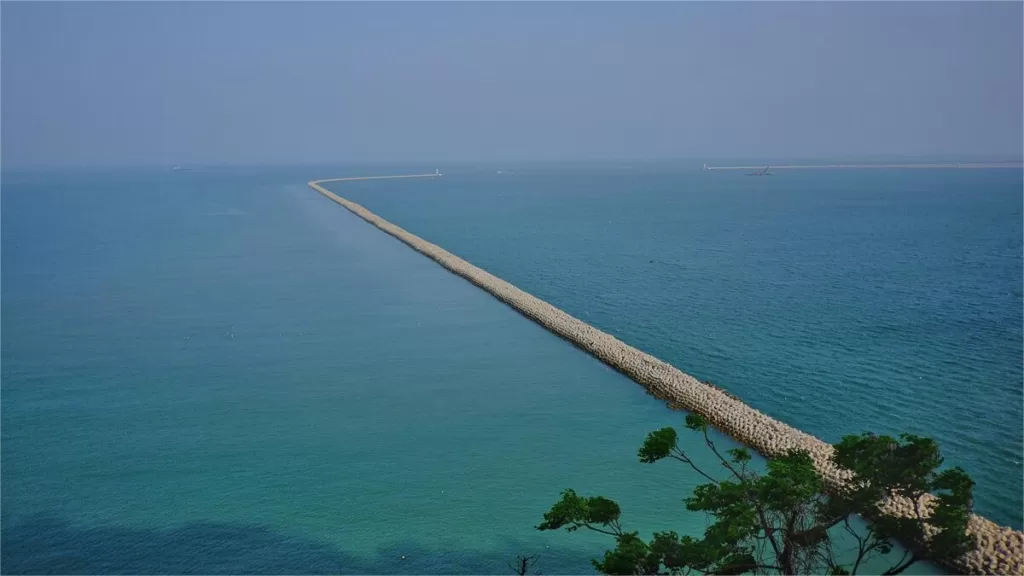
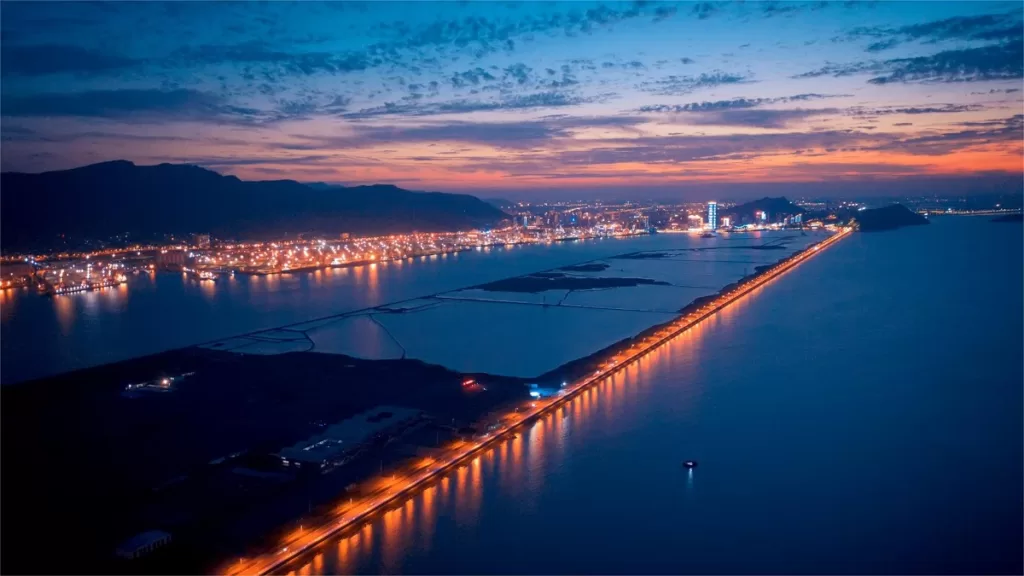
0 Comment